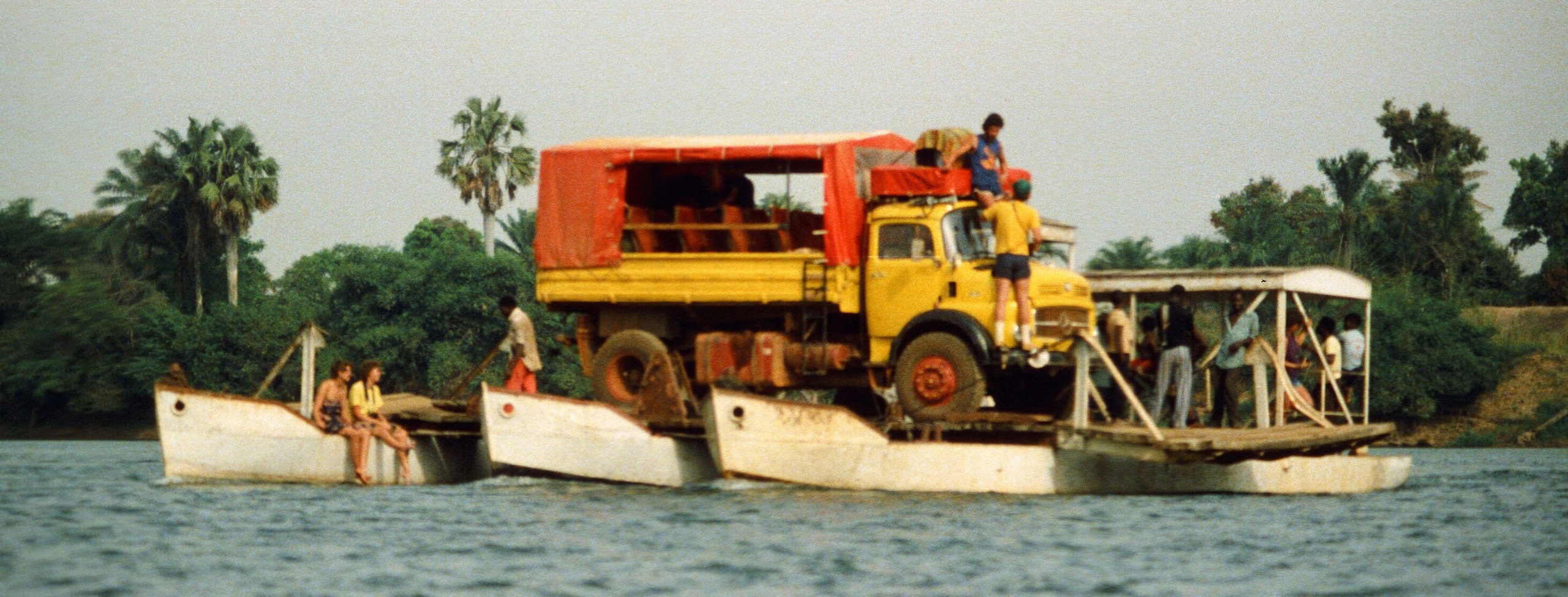A Star is Born
Within a breathtaking series of U-shaped valleys, the Tusker Mongolia trekking group journeys into the last remnants of the ice age. Even Ravi with his injured shoulder is up for the challenge.
He crosses a fast moving creek over boulders with the help of his teammates. Leader Eddie Frank has met thousands of clients during nearly 47 years on the road. Ravi has as much spirit as the Mongol warriors who traversed this valley in pursuit of their successful China conquest eight hundred years ago.
“Ravi dislocated his shoulder, and he was doing nothing dangerous; he just slipped and fell in the mud landing on his shoulder,” Eddie says. “He made the decision to continue on with the trip, but most people would have taken the easy way out with the evacuation vehicle we had called, but he decided to go on and trek for 25 kilometers with his arm in a sling as if nothing happened. He is a total star.”
Mongolia “The Heart of Asia” – Episode 3
WATCH: All Episodes Mongolia “The Heart of Asia”
Mongol Eco-travel Warriors
Inspired by the once in a lifetime chance to be trekking through Central Asia’s most remote and unique backcountry, Ravi and the group are at the midpoint in their journey back through time. Following the eastern bank of the rushing and milky Tsaagan Gol River, they ascend to over 10,300 feet on horseback to where the most dramatic glacial valleys await.
Cinematographer Troy Paff captures perhaps his most spectacular panorama – a wide mountain valley that is two-thirds lush tundra topped by snow clad mountains with a cirque lake in a bench between peaks. At the base of the peaks is a Tuvan village with hundreds of sheep. Somehow they have been able to carve a hearty lifestyle in this remote and formidable place.
The Tuvans
Galloping wildly on horseback, the Tuvans are the perfect fit for the scenery. National Geographic narrator Will Lyman says they are also known for their double voiced singing, but it is their children who bedazzle the Tusker visitors. A little girl in pooh-bear green pajamas, her pigtails blowing in the wind is an instant magnet for the group and a little boy sits atop a 4-wheel drive windshield as if he owns it. If it wasn’t for their toughness imprinted in their DNA you could almost call them cute. The group sits inside the herder’s Ger (nomad tent) and listens to Dosjan, Tusker’s local guide who is an expert in Mongolian history and traditions. The Ger’s intricate patterned blue blanketed walls insulate the space. After socializing, the group is off, heading west for the Five Prophets of the Altai Tavn Bogd.
Camping on the Edge of the World
The final campsite is the most remote and awe inspiring. The tents sit above a boulder apron in Altai Tavn Bogd National Park. Above the campsite the mountains known as the Five Prophets contain the highest peak in Mongolia, Khuiten, which rises 14,350 ft. Group members say they got what they came for and more. Ravi, still in Mongol warrior mode, wants more. “I’d love to go on another Tusker expedition.”
The singing and dancing around the campsite lets Eddie know the group has bonded with each other and the Mongolian wilderness. His gut feeling that he had about Mongolia a decade ago was spot on. It is certainly Tusker territory.
Narrator Lyman concludes, “Mongolia – an empire built by warriors on horseback. Travel a thousand years back in time through the wild, open land…the land of the eternal blue sky. Tusker Trail Mongolia – rise to the challenge, the adventure.”
This group certainly has.
Ready to Explore?
Tusker Trail was founded in 1977 with Eddie Frank’s first trans-Africa expedition. Today, 45 years later, Tusker Trail is recognized across the globe as a world class, expedition company with an incredible track record and reputation for training the finest guides on the planet. On Kilimanjaro, Tusker’s mountain guides have earned the nickname “The Lions of the Mountain” by guides from other companies.
Take a look at Tusker’s treks, each a unique experience of some of the most amazing journeys that will challenge you and change your life forever. If you have a question about our treks give us a call +1.775.833.9700 or 1.800.231.1919 and if you talk to Eddie Frank be sure to ask him about the bet he made 45 years ago that sent him on that first expedition across Africa.
TUSKER TRAIL TREKS
Kilimanjaro Climb – (Tanzania)
Everest Base Camp Trek – (Nepal)
Greenland Fjords Trek – (Greenland)
Greenland Dog Sledding Expedition – (Greenland)
Mongolia Nomad Trek – (Mongolia) – “Trip of the Year Award: Outside Magazine”



